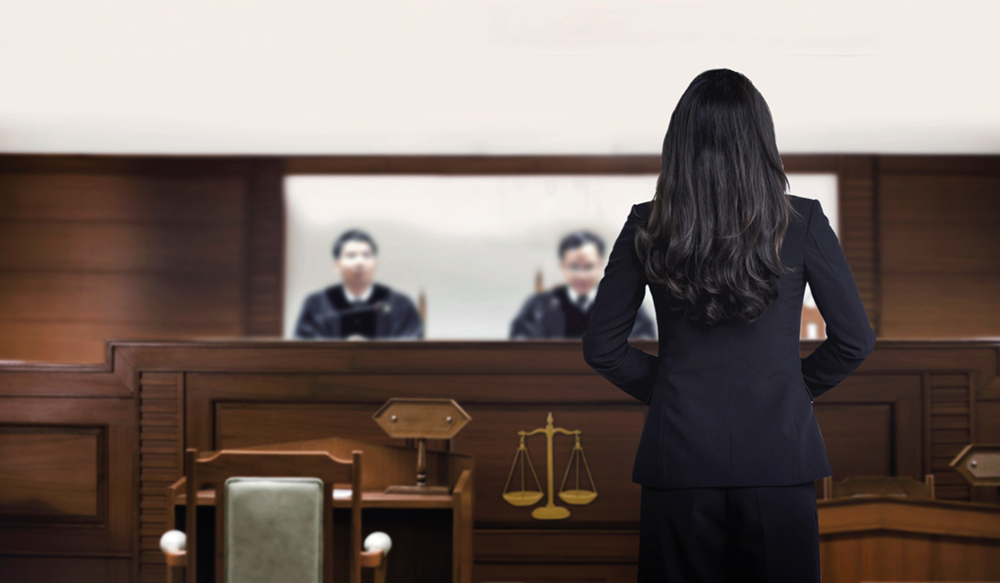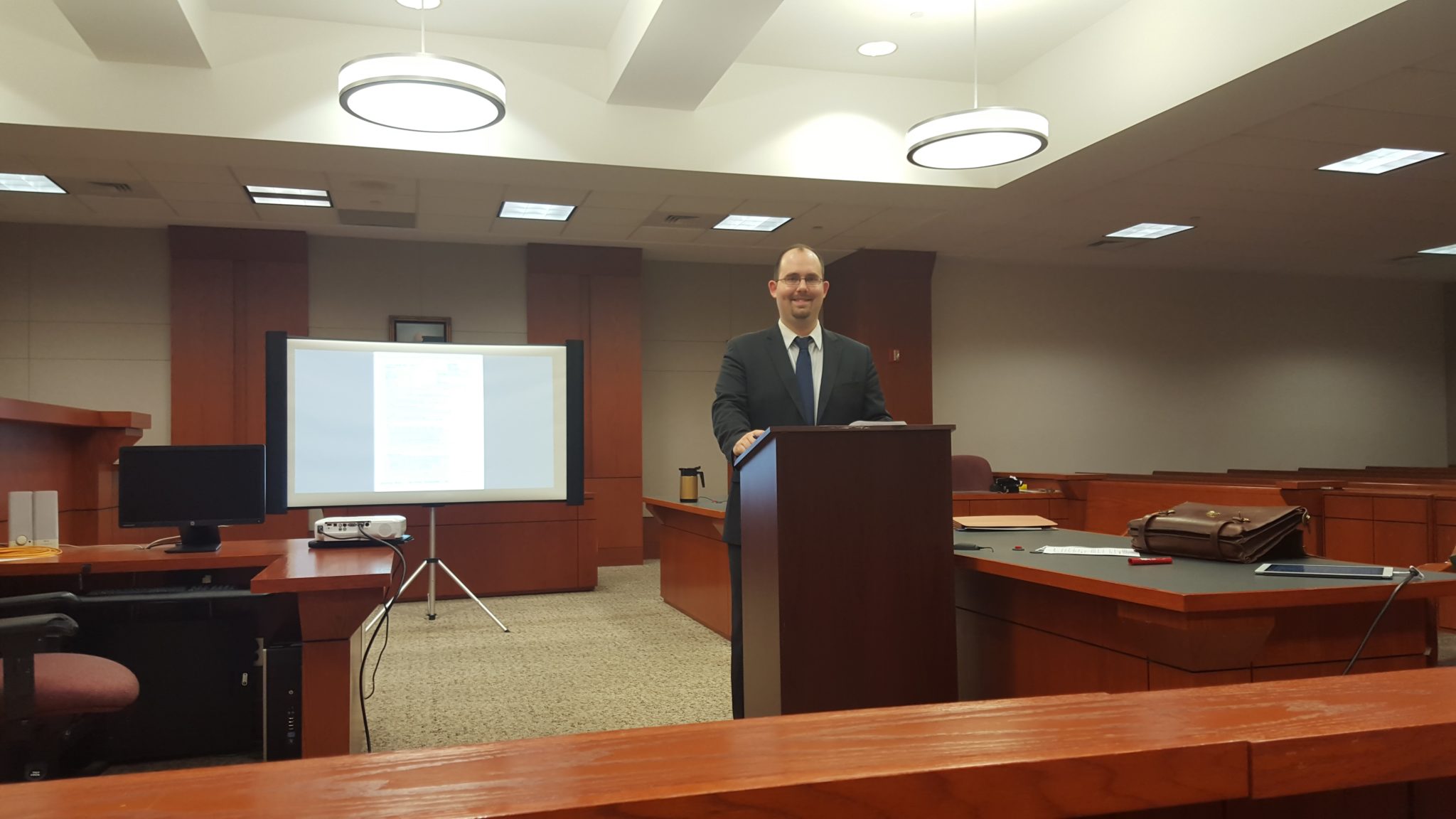Just How to Create Engaging Trial Presentations That Gain Juries and Judges
Crafting compelling test discussions that mesmerize judges and juries is a nuanced art that calls for a tactical approach. From the mindful factor to consider of the target market's assumptions to the smooth integration of narration techniques, each element plays an important role in forming the outcome of a legal situation - Trial Presentations. By employing ingenious aesthetic devices, including interactive aspects, and devoting time to extensive technique and rehearsal, lawyers can considerably enhance the impact of their court room presentations. The ability to encourage and involve through well-crafted presentations is an ability that can make all the distinction in gaining a court or court, inevitably tipping the scales of justice in one's favor.
Understanding Your Audience
To effectively involve your target market throughout trial discussions, it is important to understand their choices, assumptions, and level of knowledge in the topic. By customizing your presentation to meet the particular needs of the audience, you can enhance their understanding and retention of the details provided.
Begin by looking into the demographics of the target market, such as age, education and learning degree, and line of work. This details can help you gauge their familiarity with legal treatments and change your presentation style as necessary. A court may need less complex language and more aesthetic help compared to a group of legal experts.
In addition, think about the emotional and psychological facets of your audience. Are they thoughtful in the direction of certain debates or more inclined towards realities and proof? Understanding these nuances can help you mount your presentation in a manner that resonates with the audience on a deeper degree.
Narration Methods
Understanding your audience's assumptions and preferences can significantly influence the performance of your test presentations, especially when applying narration strategies to encourage and mesmerize. Narration is a powerful device that can aid legal representatives link with judges and juries on a much more psychological level, making intricate legal debates a lot more relatable and unforgettable.

Incorporating vivid details, personal narratives, and ornate gadgets can further enhance the narration experience, keeping the audience spent and involved in the end result of the case. By crafting a convincing story that reverberates with the worths and feelings of the jury and courts, legal representatives can enhance the chances of winning their debates and attaining desirable judgments.
Aesthetic Discussion Tools
Utilizing visual discussion tools can greatly boost the impact and performance of trial presentations by providing an aesthetically interesting way to share complicated info to juries and judges. Aesthetic help such as graphes, representations, animations, and graphs can help simplify elaborate information, making them much more easy to understand and obtainable to the audience. By incorporating visual components into trial discussions, lawyers can develop an engaging story that reverberates with jurors go to this website and leaves a long-term perception.

Integrating Interactive Components
Incorporating interactive elements into trial presentations can boost audience engagement and comprehension, fostering a much more immersive and interactive courtroom experience. By integrating elements such as interactive timelines, 3D animations, clickable displays, and virtual truth reconstructions, link lawful professionals can mesmerize jurors and judges, making complex details much more easily accessible and unforgettable.
Interactive timelines allow for a dynamic display screen of chronological occasions, assisting the audience grasp the series of key occurrences in a situation. 3D animations can bring criminal activity scenes or crash repairs to life, supplying a detailed graph that helps in making clear elaborate details. Clickable exhibits allow individuals to interact with proof, records, or images, permitting a hands-on expedition of essential information.
Furthermore, online fact restorations can carry the target market right into the heart of the action, supplying an engaging viewpoint that traditional presentations might do not have. These interactive aspects not just engage the customers however additionally empower them to proactively take part in the test proceedings, causing a more impactful and influential courtroom presentation.
Method and Rehearsal
To effectively utilize the potential of interactive components in trial presentations, thorough method and wedding rehearsal are necessary to guarantee smooth integration and delivery in the court room setup. Practice and rehearsal assistance test presenters come to be aware of the web content, timing, and circulation of their discussions, permitting them to confidently browse via various aspects such as videos, animations, or interactive graphics. By practicing their shipment, presenters can refine their speaking abilities, body language, and total discussion design to enhance persuasion and reputation before the court and judge.
During method sessions, speakers can recognize any kind of technological problems that may occur with interactive elements, ensuring that whatever runs efficiently during the real trial. Additionally, rehearsing in front of a simulated audience or colleagues can give useful feedback on the effectiveness of the interactive components and the overall presentation. This responses allows speakers to make necessary adjustments and enhancements before entering the court, inevitably enhancing the effect and success of their trial presentations.
Conclusion
In verdict, creating interesting test presentations that astound judges and juries requires a deep understanding of the target market, reliable narration techniques, aesthetic tools, interactive components, and detailed practice (Trial Presentations). By implementing these approaches, lawful specialists can properly communicate their disagreements and evidence in a compelling manner that reverberates with the decision-makers in the courtroom
Utilizing visual presentation devices can significantly improve the influence and performance of test presentations by supplying a visually engaging way to convey complex info to courts and courts. By including visual components right into trial discussions, lawyers can produce an engaging narrative that resonates with jurors and leaves a long-term perception.
One preferred visual presentation tool is the use of multimedia presentations, which enable for the combination of video clips, pictures, and audio recordings to supplement verbal debates. Trial Presentations.To properly utilize the possibility of interactive components in test discussions, comprehensive method and practice session are crucial to make sure smooth integration and delivery in the court visit the website setting. Practice and wedding rehearsal aid test speakers end up being acquainted with the web content, timing, and flow of their presentations, allowing them to with confidence browse with various aspects such as video clips, animations, or interactive graphics